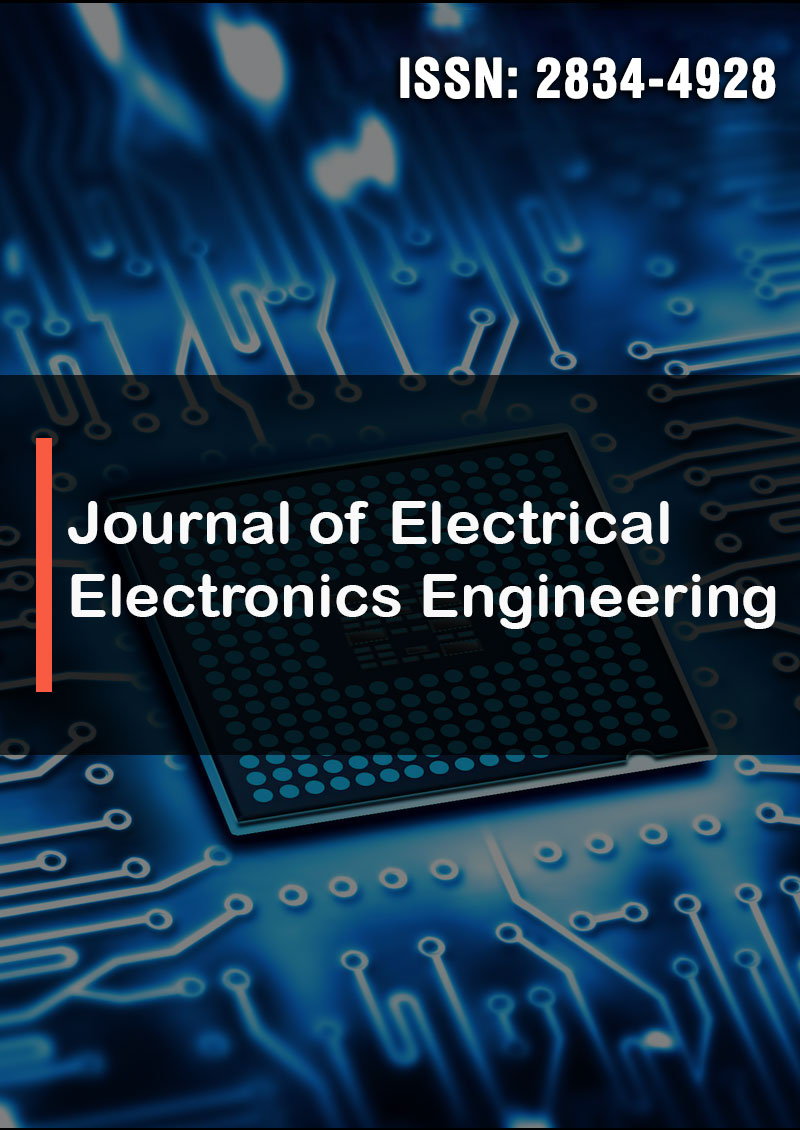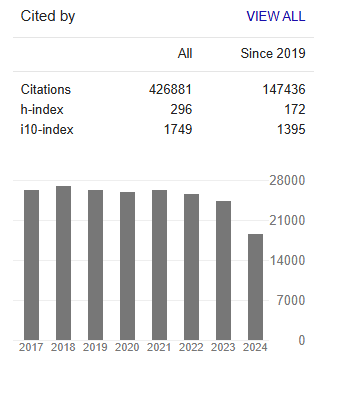Analysis for Levitation of EHD and Electrostatic Propulsion Device in Direction of Gravity using Optical Flow Method
Abstract
Taku Saiki
Electro hydro dynamic (EHD) and electrostatic propulsion devices have no moving parts and, in the air, operate on electrical energy. Thus, electric propulsion systems without moving parts such as propellers are expected to be developed in the future. EHD devices levitate in the direction opposite the direction of gravity when a high voltage is applied. In this study, detailed properties of the accurate propulsion direction, speed, and acceleration were clarified by imaging analysis. The analysis clarified that even if the orientation of the device was initially tilted from a horizontal line, the device was made to levitate vertically upward in the same direction as the direction of gravity, and a restoring force acts to return the orientation to a horizontal line during the levitation. These phenomena are very strange and different from those of drones with propellers. When the device levitates, the acceleration does not become constant immediately after the voltage is applied, but after passing through 0, it increases linearly in temporal duration of sub 0.1 s and saturates. The saturation of the acceleration changed with the input voltage.
In this study, we used optical flow analysis, which is a well-known and proven imaging analysis, to analyze the trajectory of an object using image analysis. Detailed levitation properties have not been analyzed until now. First, as a result of analyzing the free flight characteristics of a single plate electrode, a single unit that has been very well researched in many papers, it was revealed that the direction of propulsion changes from the lateral direction to the direction of gravity midway through. Analysis on the levitation property of a EHD device, which has a special structure with a large area on the ground at a triangular center, and a propulsion device revealed that the EHD device can only levitate in almost the same direction as gravity. The maximum acceleration of the EHD device in these experiments was estimated to be 7 m/s2




